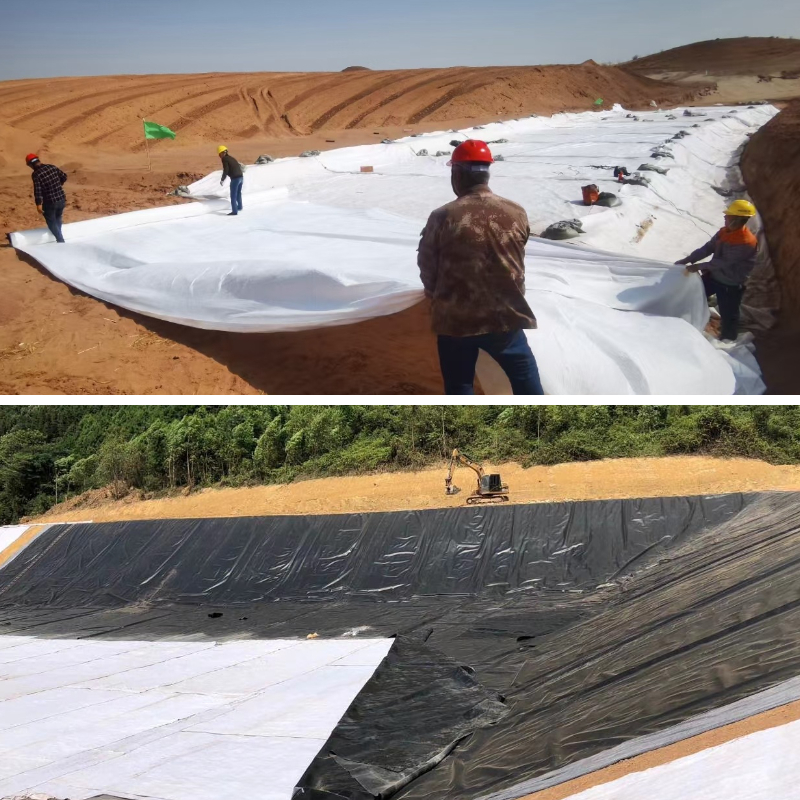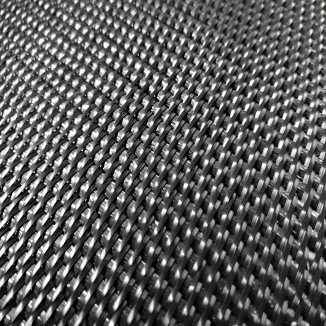How to Install Geofabric Cloth for a Weed-Free Garden Bed
Tired of spending your valuable gardening weekends struggling with relentless weeds? Imagine a backyard mattress the place your vegetation thrive, however the weeds don't. This dream can be your truth with the right use of geofabric cloth. This complete information will stroll you thru the whole system of weed barrier material installation, making sure you can efficaciously cease weeds in backyard areas for years to come. By mastering how to lay geofabric for landscaping correctly, you may retailer infinite hours of back-breaking labor and create a more healthy surroundings for your preferred plants.
What is Garden Geotextile Cloth and How Does It Work?
Before we dive into the installation, it is critical to recognize what you are working with. Garden geotextile cloth, regularly known as weed barrier cloth or truely geofabric, is a permeable cloth normally made from woven or non-woven polypropylene. Unlike impermeable plastics, it is designed to let water and liquid vitamins omit thru to your plant's roots whilst blockading daylight from achieving the soil beneath.
Weeds want mild to germinate and grow. By growing a physical, light-blocking barrier, the geofabric fabric prevents weed seeds in the underlying soil from sprouting. It additionally stops present weed roots from pushing up into your clean mulch or rock layers. A suitable weed barrier material set up is a long-term, chemical-free method to end weeds in backyard beds, pathways, and beneath hardscaping projects.
Tools and Materials You Will Need
Gathering your equipment previously makes the undertaking clean and efficient. You might not want any specialised equipment, simply a few frequent backyard tools.
Geofabric Cloth: Measure your place to calculate the rectangular pictures needed. It's higher to purchase a little more for overlap.
Scissors or Utility Knife: For slicing the material to size.
Garden Rake and Shovel: For clearing and leveling the soil.
Landscape Staples (Pins): Essential for securing the material in place.
Tape Measure: For taking correct measurements.
Wheelbarrow: For transferring mulch or soil.
Mulch, Gravel, or Decorative Stone: The closing layer that additionally weighs down the fabric.
Gloves: To shield your hands.
Step-by-Step Guide: How to Lay Geofabric for Landscaping
Follow these steps meticulously for a expert and lasting result. The key to success is in the preparation.
Step 1: Clear and Prepare the Garden Bed
The first step in any profitable weed barrier material set up is preparation. You need to begin with a smooth slate.
Remove Existing Weeds: Pull out all present weeds by way of hand or use a hoe. For power perennial weeds, make sure you dig out the whole root system.
Clear Debris: Remove any rocks, sticks, historic mulch, and different particles from the area.
Level the Soil: Use a rake to stage the soil surface. Smooth out any giant bumps and fill in depressions. A flat floor prevents uneven bumps from displaying thru your remaining mulch layer and ensures the backyard geotextile material has steady contact with the soil.
Step 2: Measure and Cut the Geotextile Cloth
Measure the Area: Use your tape measure to get the size and width of your backyard bed.
Unroll and Cut: Unroll the geofabric material over the organized soil. Allow for a few inches of overlap the place portions meet and at the edges of the bed. Use sharp scissors or a utility knife to reduce the material to the preferred form and size. It’s less complicated to reduce giant sections after you’ve loosely laid them out.
Step 3: Secure the Weed Barrier Fabric
This is the most imperative step to make sure your tough work would not blow away or shift.
Lay the Fabric: Place the reduce portions of backyard geotextile material over the soil. If you want more than one pieces, overlap the edges with the aid of at least 6-8 inches to stop weeds from discovering a seam to develop through.
Pin It Down: Secure the cloth entirely the usage of panorama staples. Place pins each and every 5-8 ft alongside the seams and round the edges, and each 10 ft in the center of giant open areas. On windy days, you may also want to pin extra frequently. Don't skimp on this step; a securely pinned cloth is the hallmark of a expert how to lay geofabric for landscaping job.
Step 4: Plant Through the Geofabric Cloth
A frequent query is how to plant with a barrier. The reply is simple: you reduce holes.
Locate Your Plants: Arrange your potted flowers on pinnacle of the secured material precisely the place you favor them.
Cut an 'X': Use your utility knife to reduce an 'X' in the cloth the place every plant will go. The cuts must be simply massive adequate to accommodate the plant's root ball.
Plant as Usual: Fold the flaps of the 'X' back, dig your planting hole, and area the plant in the ground. Once the plant is settled, you can tuck the cloth flaps again round the base of the plant, however keep away from crowding the stem. This technique approves water to attain the roots whilst retaining the surrounding vicinity protected.
Step 5: Add Your Final Layer of Mulch or Stone
The closing layer serves two purposes: aesthetics and function. It protects the geofabric material from degrading due to UV publicity and affords the weight to hold it firmly in place.
Apply Mulch: Spread a beneficiant 2-3 inch layer of mulch, bark, or ornamental stone over the whole floor of the fabric. This layer is fundamental to give up weeds in backyard beds completely, as it blocks any mild that would possibly penetrate the material and helps the material mixture seamlessly into your landscape.
Avoid Soil on Top: Be cautious now not to spill tremendous quantities of soil on top of your mulch, as this can introduce new weed seeds to the surface, defeating the motive of your barrier.
Maintaining Your Weed-Free Garden Bed
A perfect weed barrier material set up is exceedingly low-maintenance. The few weeds that may show up are generally seeds that have blown in and settled on pinnacle of the mulch. These are very handy to pull due to the fact that their roots are shallow and can't anchor into the material below. Simply hand-pull them as they appear. Over time, as natural mulch breaks down, you might also want to pinnacle it up to hold the endorsed 2-3 inch depth to make sure most effectiveness.
Enjoy Your Low-Maintenance, Weed-Free Garden
You've now mastered how to lay geofabric for landscaping. By putting in a backyard geotextile material correctly, you have invested in the long-term fitness and splendor of your garden. You’ve created a effective barrier to quit weeds in backyard beds from taking over, which skill you can spend much less time weeding and extra time playing the vibrant, wholesome plant life you truly choose to grow. Embrace the ease and splendor of a sincerely manageable backyar.
Contact Us
Company Name: Shandong Chuangwei New Materials Co., LTD
Contact Person :Jaden Sylvan
Contact Number :+86 19305485668
WhatsApp:+86 19305485668
Enterprise Email: cggeosynthetics@gmail.com
Enterprise Address: Entrepreneurship Park, Dayue District, Tai 'an City,
Shandong Province








